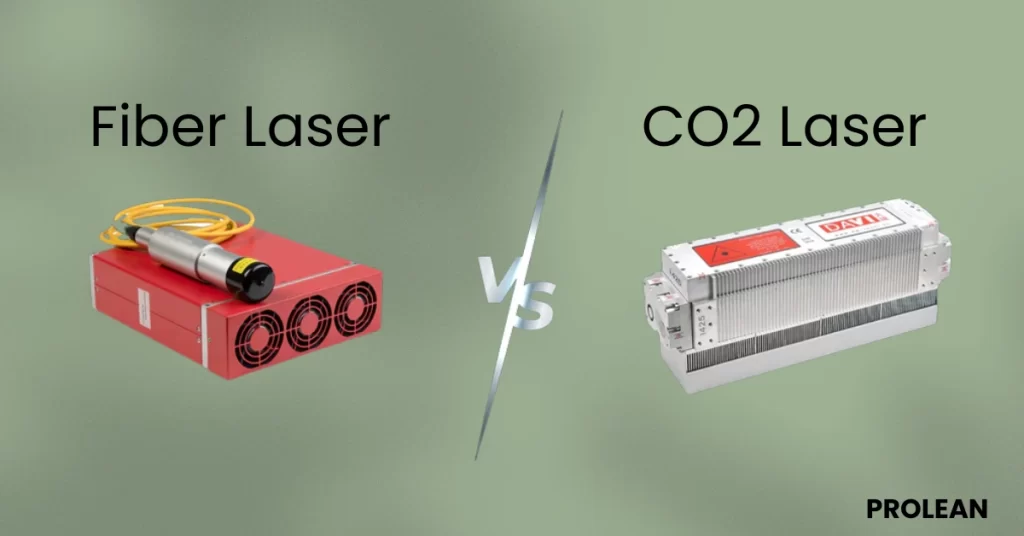
Fiber laser vs CO2 laser
Choosing a fiber laser or a CO2 laser will be based on the type of material, precision requirements, and production requirements. The two technologies provide good results, although they operate differently.
Fiber laser is highly precise, fast, and energy efficient, and thus is suitable for cutting metals such as stainless steel, aluminum, um and copper. However, a CO 2 laser is more appropriate for non-metal materials like wood, acrylic, and plastic, giving finishes that are smooth and detailed.
The knowledge of fiber laser vs CO2 laser would help you to make the correct decision in your business. In case you require precision laser cutting, quick turnaround, and clean edges, then you can look at the laser cutting services offered by ProLeanTech. Their professionals rely on modern fiber and CO2 laser equipment to provide precise and cost-efficient outcomes for any project. In this guide, we’ll discuss everything you need to know about fiber laser vs CO2 to choose the right one for your project.
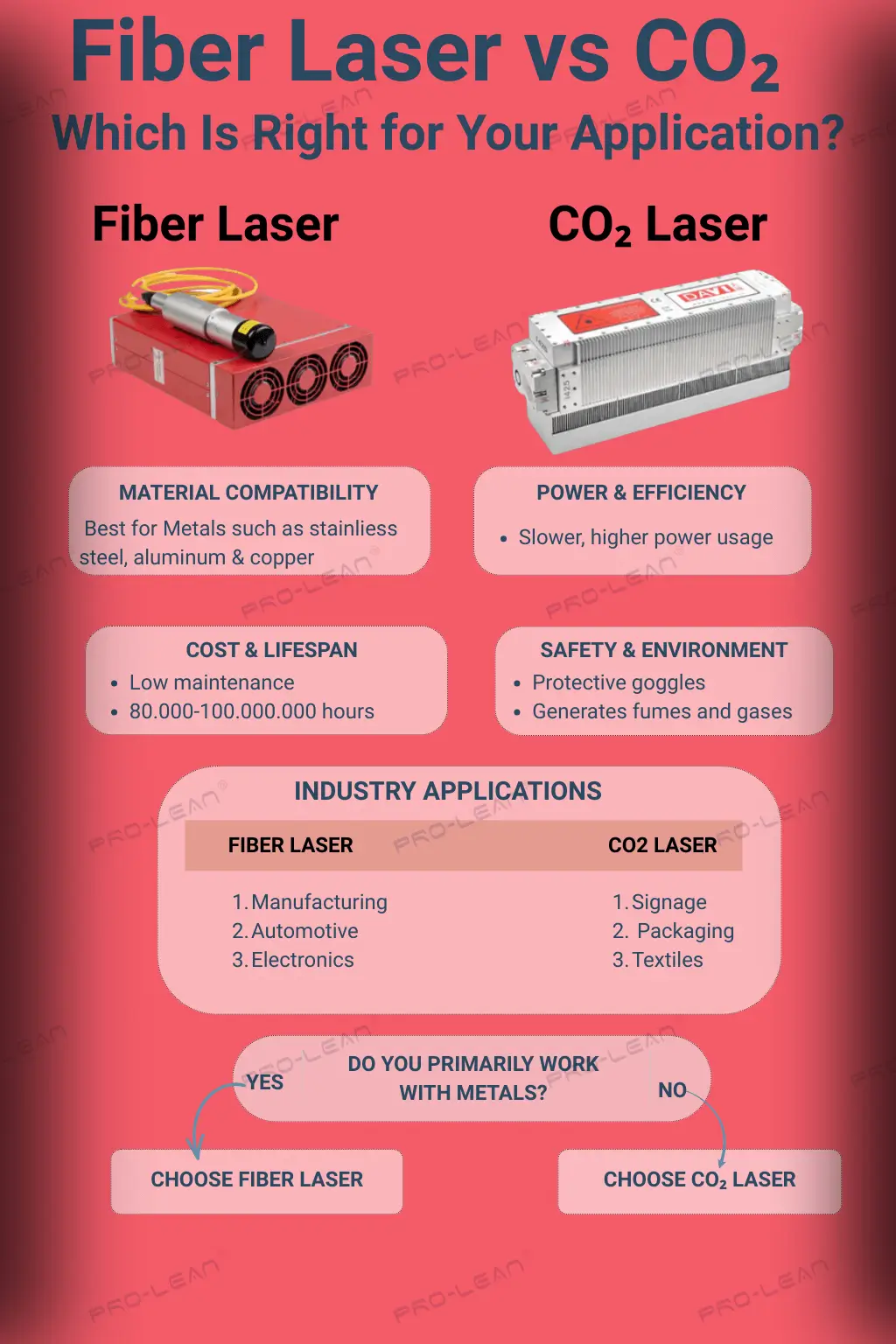
Fiber Laser vs CO₂ Laser
What is a Fiber Laser?

What is a Fiber Laser
A fiber laser is a solid-state laser that creates an accurate beam, often with special metal in an optical fiber. If you are asking yourself, “What is a fiber laser?” it is used to cut and engrave metals. Such as aluminum, copper, and stainless steel, laser cutting is done by amplification of light. When it comes to the topic of fiber laser vs CO2 or fiber laser vs CO2 laser, fiber lasers are fast, efficient, and durable.
How Does a Fiber Laser Work?
Fiber lasers utilize light from diode lasers that is then passed through a narrow optical fiber, which is coupled to a specific metallic compound that amplifies the light. The result is a high-powered laser beam that can cut or etch to a very accurate extent. Fiber lasers are efficient, stable, and low-maintenance because they do not involve any mirrors or gas, unlike some of the older laser machines.
What is a CO₂ Laser?
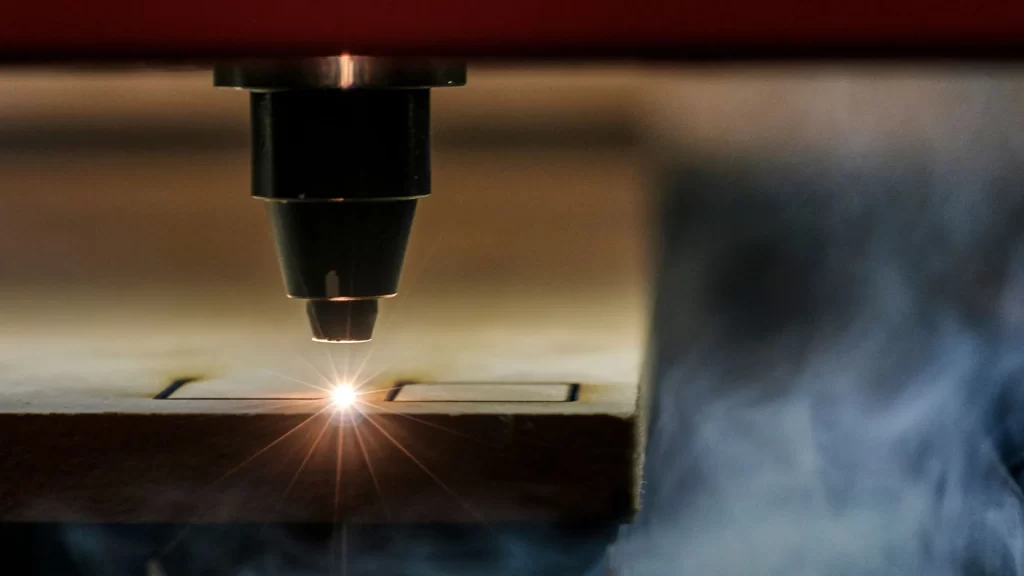
What is a CO2 Laser
The CO₂ laser is classified as a type of gas laser, wherein carbon dioxide provides the infrared beam of 10.6 micrometers wavelength. This is precisely why such a laser is favored for a variety of non-metallic material processing, such as plastic, wood, leather, acrylic, and glass cutting, engraving, and laser marking. Laser-cut nylon is also one of its widely used applications. From the perspective of maintenance and cost, CO₂ lasers are placed lower than fiber lasers in the chain, offering clean edges regardless of the scale, whether it is small or large.
How does it work?
A CO 2 laser works by a combination of carbon dioxide, nitrogen, and helium in an enclosed tube. As the electricity goes through the tube, it heats up the gas molecules and, in the process, forms a strong beam of infrared light. Mirrors and lenses reflect and focus this beam on the surface of the material.
The material is melted or vaporized by the intense heat, making it possible to cut and engrave it carefully. Wood, acrylic, plastic, leather, and glass applications are broad areas of application.
Try Prolean Now!
Comparing Fiber Lasers and CO₂ Lasers
Comparing fiber lasers and CO2 lasers comes down to a few key things. These include wavelength, efficiency, and the types of materials they’re compatible with.
Overview of Comparison
| Feature | Fiber Laser | CO₂ Laser |
| Best For | Metals like stainless steel, aluminum, and copper | Non-metals like wood, acrylic, leather, and plastics |
| Wavelength | 1.06 microns | 10.6 microns |
| Speed & Efficiency | Fast, low power usage | Slower, higher power required |
| Maintenance | Low | Moderate, needs cooling |
| Cut Quality | Precise, sharp edges | Smooth edges on non-metals |
Power Requirements and Efficiency
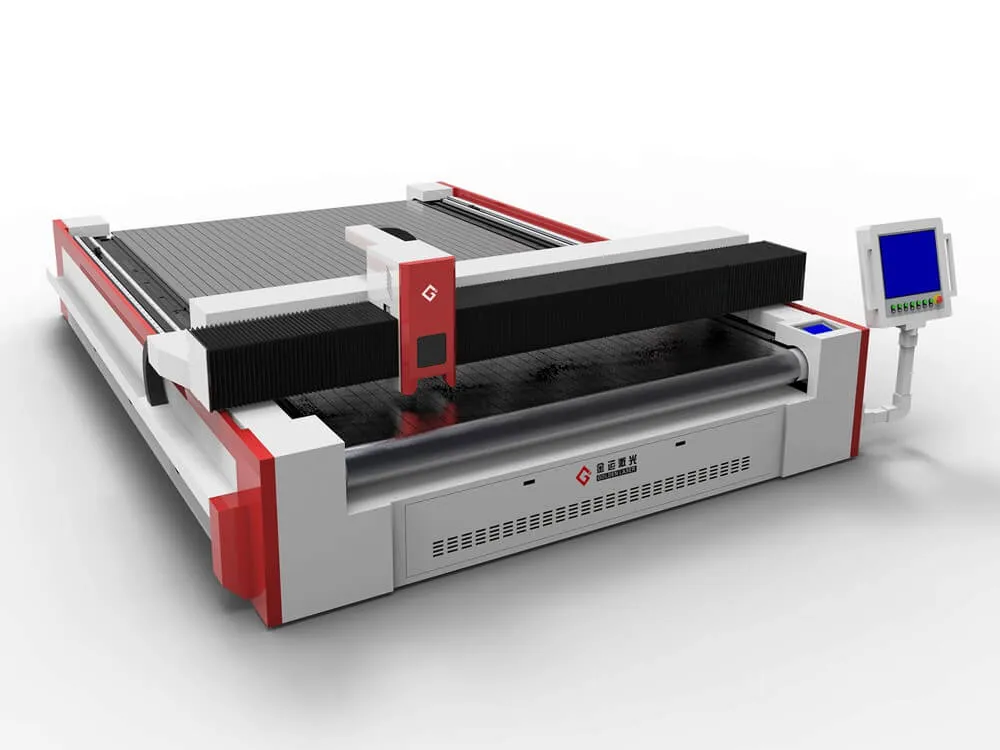
CO2 Laser Cutting Machine
Fiber lasers are energy efficient, converting about 40% of electrical energy into laser energy for laser cutting. Also, eliminating the cost of generating heat and energy for electrical use, with less maintenance and smaller cooling systems. All of these traits make fiber lasers great for cutting thick metals.
CO₂ lasers require higher power consumption and larger cooling systems for effective operation. While CO₂ lasers operate well on non-metals, they incur higher costs due to long-term operational costs.
Performance Metrics
Performance metrics indicate how well a laser is meeting your production requirements. Given their higher speed, accuracy, and repeatability, fiber lasers usually outperform CO₂ lasers, especially for thin-to-medium metals. It can sustain consistent performance over long runs. CO₂ lasers will provide a slightly slower cutting speed on metals, but can provide better edge quality.
There are a number of metrics that are helpful to understand performance. These include cutting speed, accuracy, edge quality, and operational reliability. By understanding these factors, you will have confidence that the selected laser will meet both production efficiency and production quality requirements.
Cutting Speed and Quality
Fiber lasers are the fastest cutting laser types for metal applications, especially for thin to medium metals, where the tolerances are close and the cuts are clean. The focused beam produces the same quality in all cuts, even in the case of continuous cutting.
Although CO₂ lasers are slower on metals, they cut non-metal materials like wood, acrylic, and plastics with the same clean, smooth edges.
Safety Considerations
Intensity lasers make fiber and CO₂ lasers necessitate very strict safety measures. Fiber lasers transform nearly invisible wavelengths emits when directly exposed and causes severe damage to the eye. This necessitates sealed cutting systems and protective goggles.
On the other hand, CO₂ lasers, because of their longer wavelength, allow for very little risk of unintentional reflection. It still requires proper airflow to control the fumes and gases created during non-metal cutting.
Edge Quality
Fiber lasers are capable of cutting metals with cleaner and more precise edges. Thanks to the intensity and focus of their beam, which, in turn, saves time in the post-processing phase. They are perfectly suitable for elaborate details on stainless steel or aluminum.
On the contrary, CO₂ lasers contribute to a more refined edge in non-metal cutting processes like wood, acrylic, and leather, among others.
Noise
Fiber lasers run quieter due to their solid-state technology with limited moving parts, providing a cleaner, calmer environment.
CO₂ lasers can generate a greater level of noise due to their mechanical moving parts, gas flow, and cooling fans. In instances where low noise level and operator comfort are a priority.
Environmental Impact
Fiber lasers produce less pollution in comparison to their counterparts, such as CO2 lasers. That is because they consume less power and produce less heat, and do not require gas refills. Thus, the efficiency of fiber lasers reflects lower carbon emissions and energy waste in contrast to CO₂ lasers. These are cooled using gas mixtures and consequently require larger and more power-hungry cooling systems.
Cutting Range in Thickness
Fiber lasers are quite effective at cutting thin to moderate thickness metals such as aluminum and stainless steel. They do this quickly and accurately. CO₂ lasers cut better on thicker non-metal materials, whether it’s wood, acrylic, or plastic sheeting. Fiber lasers with higher wattage cut heavily with metals, but CO₂ lasers remain the ideal source for thicker organic materials that want a smooth, polished edge.
Life Expectancy
Longer operational lifetimes – fiber lasers come in around 80,000 to 100,000 hours of use because of their solid-state design and need minimal maintenance. Fiber lasers have no mirrors or moving parts, so they have less wear and tear.
CO₂ lasers typically have a life of 20,000 to 30,000 hours based on how frequently the gas tube is used. And optical components must be replaced.
Material Compatibility and Cutting Capacity
When it comes to metals, using fiber lasers like illuminated stainless steel, aluminum, brass, and copper provides exceptional cuts, even for reflective steel materials. For non-metals like wood, acrylic, leather, and plastics, CO₂ lasers work consistently well.
The important part is to consider the material type, thickness, and essence of use in the decision-making process. Fiber lasers are oriented for high-volume metal cutting with good quality.
Material Types and Thicknesses
Fiber lasers cut non-metals like stainless steel, aluminum, and copper efficiently, particularly in the case of thin to medium gauges. Meanwhile, CO₂ lasers are mainly used for non-metals like wood, acrylics, plastics, and leather. Especially, providing better results with thicker materials. The selection of laser type and design specifications will determine the cutting quality, depending on thickness and material type.
Quality of Cut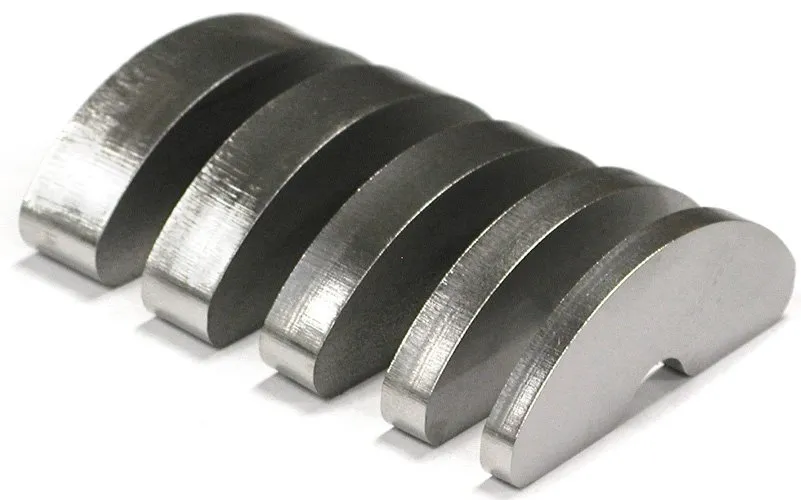
Fiber Laser Metal Cut
Fiber lasers provide precise, clean cutting edges when penetrating metals with minimal burring. This is perfect for jobs that require accuracy.
CO₂ lasers cut smooth, clean edges when assembled with non-metal materials, including wood, acrylics, or plastics. The type of material and laser utilized to cut will directly result in the integrity of edge finishes, accuracy, and quality of cuts.
Industry-Specific Uses
Fiber lasers are employed in the metalworking, automotive, aerospace, and electronics industries due to their precision cutting and marking. On the other hand, CO₂ lasers are the go-to option for the signage, packaging, crafts, and art sectors.
Where non-metals are cut and engraved. The right laser is the key to guaranteeing that any application in the industry can yield both efficiency and quality.
Custom and Creative Applications
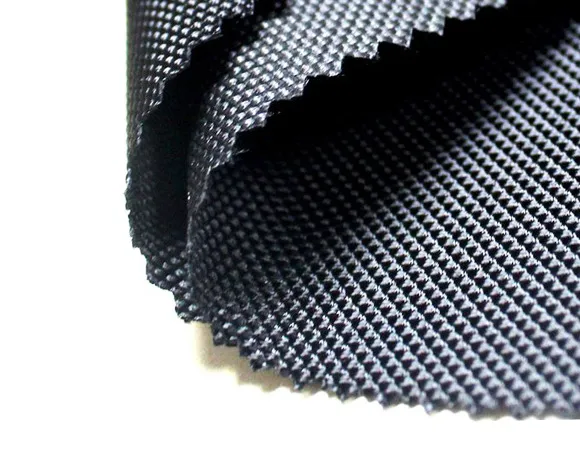
CO2 Laser Cutting of Nylon
CO₂ lasers work best with custom engraving and intricate designs on non-metal materials. Fiber lasers are designed for precise metal marking and cutting for intricate work. Both lasers provide innovative and customized options to manufacturers and artisans to create special parts, signs, prototypes, and decorative items with cost-effectiveness.
Ease of Use and Training Requirements
Fiber lasers are very easy to use for the skilled operator and involve very little maintenance, plus they are software-controlled. CO₂ lasers require some attention to aligning the optics, checking gas levels, and ensuring proper air flow. This takes a bit more time in training to learn.
Cost-Effectiveness: Installation and Setup Considerations
Laser cutting charges depend on the type you are going to choose for your project. Fiber lasers are initially more expensive. But their minimal installation and lower ongoing maintenance costs make them economical in the long run.
CO₂ lasers are less expensive to acquire. Low-cost CO2 lasers have larger and heavier setups, plus a gas supply and regular servicing, which all together increase long-term costs. Decide according to your financial plan, production requirements, and the nature of the material.
Try Prolean Now!
Pros & Cons of Fiber Laser vs CO2 Laser Cutting
| Laser Type | Advantages | Disadvantages |
| Fiber Laser | -High cutting speed on metals- Low maintenance- Energy-efficient- Long lifespan (80,000–100,000 hrs)- Precise cuts and markings | – Higher upfront cost- Less effective on non-metal materials- Limited thickness range for some metals |
| CO₂ Laser | – Effective on non-metals (wood, acrylic, plastics)- Smooth edge finish- Lower initial purchase cost- Versatile for creative applications | – Higher maintenance and gas costs- Shorter lifespan (20,000–30,000 hrs)- Slower on metals- Requires larger setup and cooling |
How to Select the Right Laser for Your Needs?
The selection of the laser that fits best depends on the material, production quantity, and the amount of money you can spend. Fiber lasers have the best performance in cutting metal with high efficiency. Even CO₂ lasers are good for non-metal materials and artistic applications. Consider your production process and the future expenses to find out the best option.
Future Trends in Laser Cutting Technology
Laser cutting is an industry that is shifting to automation and smart control systems. AI-assisted cutting is increasingly becoming a regular feature, as machines can change the cutting speed, focus, and power dynamically. This minimizes mistakes and waste of materials. There is also an interest in energy-efficient models of lasers to reduce the operating costs and carbon emissions of businesses.
The current ProLeanTech laser technology solutions combine updated software through which the cutting paths are optimized, performance is tracked, and precision is maintained. These inventions cause the process of production to be smarter, more sustainable, and quicker.
Conclusion
Each of these laser types has its own special features. In the case of fiber lasers, these are the advantages of being fast, precise, and energy-efficient when processing metals. Whereas CO₂ lasers are better for non-metallic materials and art applications. The choice of the proper laser depends on the material, the production, and the budget. And this will always bring the best performance, quality, and cost-effectiveness in the long run.
Want precise and fast laser cutting? Get in touch with ProLeanTech today and let our experts help you with fiber and CO₂ laser services for clean, accurate results. Get a quote now!

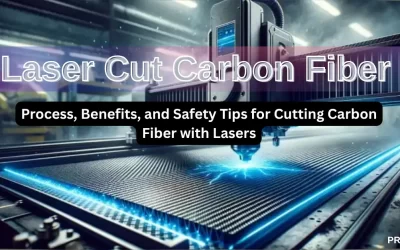
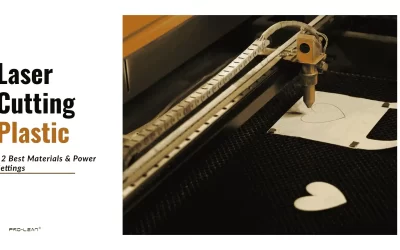
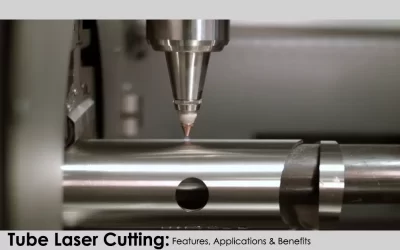
0 Comments